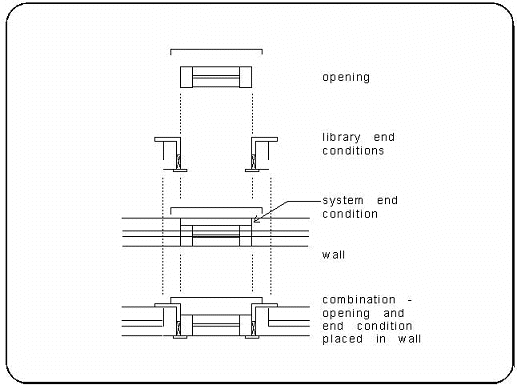Concepts and Terminology
Home > 06 Openings > Concepts and Terminology
Concepts and Terminology
Before you continue with the description of the opening commands, familiarize yourself with the basic concepts and the terminology used in this chapter:
parametric objects
Basic library or user defined objects with variable dimensions that you set when placing.
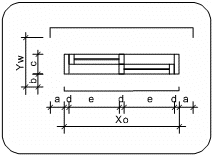
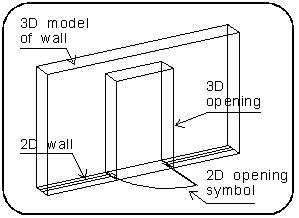
openings
Parametric objects, consisting of 2 presentations— a 2D XY section and a 3D model, representing doors or windows, that cut and replace part of the 2D wall and create 3D voids in the 3D wall respectively.
end condition
2D library entity resolving the integration of the opening with the wall layers. The entity, usually designed for a specific wall type, closes layers of the 2D wall, after inserting the opening or closes a free wall end. You can also create universal end conditions that are suitable to any wall thickness.
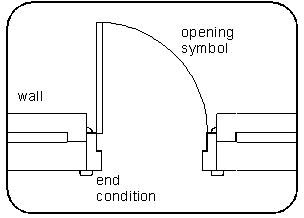
combination
A set consisting of an opening with its attached end conditions.
system end condition
The default end condition placed automatically by the system. It consists of a straight line perpendicular to the direction of the wall. It can be replaced by a library end condition or deleted.
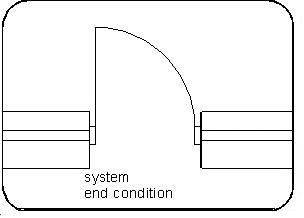
presentation
Multiple displays of a parametric opening that you select. Presentations for a specific opening are saved as a single file in the library. Parametric openings should have at least two presentations — 2D and 3D. If you create a 2D presentation only, the system automatically adds a 3D presentation. Presentations of different detail levels can also be specified for use at different drawing scales.
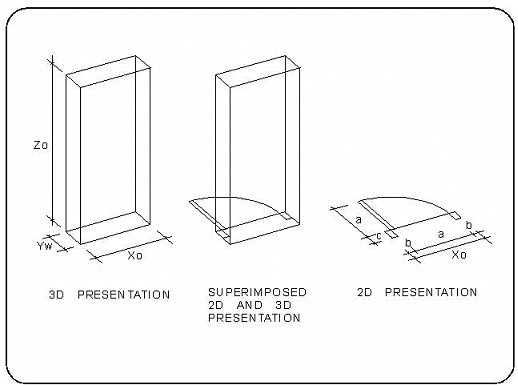
control points
Points added to the opening and end condition that determine the exact relationship between the opening, end condition and wall.
current combination
The opening or combination last placed remains as the default during the current work session.
Opening and end conditions can be selected from the library or you can create new openings and end conditions and add them to an existing or new library below the arcalib directory.
Openings do not affect the integrity of a wall—the wall remains a single entity. If an opening is erased, the wall is healed automatically by the system. If a wall containing openings is erased, the openings are erased as well.
For additional information about, detail levels, presentations and range, see Placed objects, Creating a parametric object.
